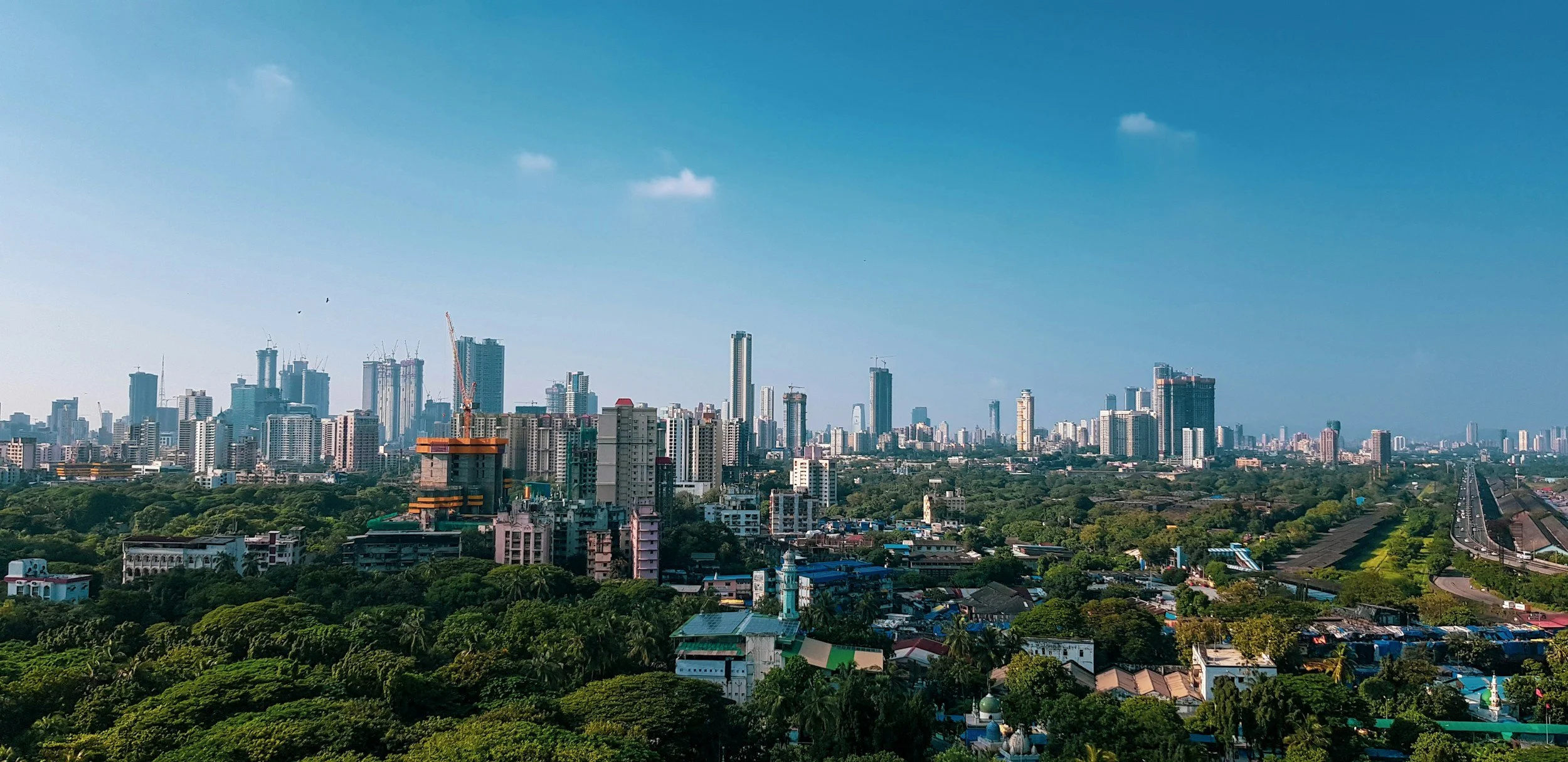The following article appeared in Foreign Affairs (September/October 2025) as part of a debate on ‘What Kind of Great Power Will India Be?’ in response to Ashley Tellis’ article ‘India’s Great Power Delusions.’ The full debate can be accessed here.
Tellis argues that India’s grand strategy misreads the international environment, that New Delhi is misguided in striving for multipolarity, and that it is short-sighted in its aversion to an alliance with the United States and its preference for strategic autonomy. These assertions mischaracterize India’s objectives and priorities and neglect to mention efforts by successive Indian governments that more accurately reflect India’s approach to international affairs. More surprisingly, Tellis sidesteps the fact that it is the United States that is today reluctant to engage in alliance-like commitments, not just with India but with most of its long-standing treaty allies. Washington is reconsidering the terms of its security guarantees in Europe, troop levels in South Korea, defense contributions to Japan, and the transfer of submarine technologies to Australia. Unlike many other partners in Asia or the Middle East, India does not seek aid, bases, or troops from the United States. Indeed, as U.S. Undersecretary of Defense Elbridge Colby wrote last September, “India is an ally in the old sense—to be regarded as an independent and autonomous partner. We need more of that kind of [ally], rather than dependencies.”
In many respects, Tellis is harking back to a world that no longer exists. The era of the United States overseeing a unipolar order is over. To be sure, the United States remains the world’s preeminent power, with its share of the global economy remaining steady at around 26 percent from 1991 to today. But Washington is now keen on resetting the terms of globalization and renegotiating its commitments in Europe and Asia. China, which now accounts for 17 percent of the global economy, has become a near peer competitor to the United States, and the two countries’ competition is playing out in virtually every domain. Despite noteworthy defense production increases in Europe, most advanced industrial economies are struggling with aging and declining populations, discord over immigration, strains to welfare systems, slowing innovation, and military dependence on the United States. Apart from the United States, the six other members of the G-7 (Canada, France, Germany, Italy, Japan, and the United Kingdom) have seen their share of the global economy contract from 42 percent to 18 percent since 1991. Russia’s robust military operations in Ukraine and war-propelled economy belie the country’s frailties and a growing dependence on China. The world is witnessing a more contested Indo-Pacific, a more violent Middle East with several capable regional powers, and a multitude of countries in Africa, Asia, and Latin America coming into their own.
India: A Strategy for the World as It Is
Since 1991, India has more than tripled its share of the global economy, to four percent, and is on track to become the third-largest economy by the end of the decade, albeit still far behind the United States and China for the near future. It has a relatively young and large workforce, even as total fertility has begun to fall below replacement levels. India’s geopolitical environment, although shifting and uncertain, is far more favorable than what it contended with in the past, when it had to deal with the partition of the subcontinent, dependence on Western powers for aid, internal separatist conflicts, and major wars without the benefits of food security, a nuclear deterrent, or global market access. Except for China and Pakistan, with which it has significant territorial disputes, India has largely cooperative partnerships with most major countries and regions, including Japan, Russia, the United States, Europe, and the countries of the developing world.
Nonetheless, challenges abound. With China, India faces a compound threat that includes a disputed and militarized border; an unsustainable trade deficit; intensifying competition in the Indian subcontinent and Indian Ocean region; broad Chinese military and diplomatic support for Pakistan; and resolute opposition at multilateral institutions, including the UN Security Council. From Pakistan, India continues to confront state-backed terrorism under the protection of Islamabad’s nuclear umbrella. Other recent developments have also shaped Indian decision-making. The COVID-19 pandemic exposed vulnerabilities in the country’s health supply chains. The 2020 border clashes with China underscored the importance of establishing greater economic independence from Beijing. The war in Ukraine highlighted India’s supply chain constraints when it came to defense production and energy and food security. These challenges have inspired determination—and purposeful action.
To address these issues, India has embarked on a strategy of domestic production and diversification intended to strengthen its security, improve its population’s prosperity and well-being, and advance critical national interests. It has redoubled defense industrialization efforts, resulting in an increase from almost negligible amounts to $2.5 billion in defense exports, including to countries such as Armenia and the Philippines. Its largest export destination for defense items is, in fact, the United States. India has also rolled out an industrial policy that includes almost $50 billion in subsidies and state-backed financing for the manufacturing and development of critical and emerging technologies. This has begun to reap dividends in the export of electronics and aerospace components, although other critical sectors, such as electric vehicle batteries, could prove more difficult to develop.
In its diplomacy, India has reprioritized its near neighborhood, extending financial, developmental, and trading benefits to other South Asian countries and revitalizing more productive regional institutions. It has attempted to counter Pakistan’s support for terrorism through both military means—by striking terrorist infrastructure in Pakistan—and nonmilitary means, such as suspending trade and water privileges. India has broadened economic, security, and connectivity cooperation with the Middle East, particularly with Israel and the Gulf Arab states, including as part of the new economic initiative known as the India–Middle East–Europe Economic Corridor. It has been working to preserve a balance of power in the Indo-Pacific by deepening security and diplomatic cooperation, bilaterally and through organizations, with other regional powers. And it seeks to advance its global governance objectives by attempting to revitalize multilateral bodies such as the United Nations, build new institutions such as the International Solar Alliance, and engage the countries of the global South on shared priorities such as the reform of global institutions and food, health, climate, and energy security. These are the outlines of India’s major international activities over the past decade or more.
The Necessity of Autonomy
In most instances, these undertakings complement U.S. objectives. The three Indian prime ministers who have governed the country since 1998 have made strenuous efforts to deepen cooperation with the United States. The U.S.-Indian partnership now extends to most domains of international policy, from energy and technology to defense and trade. India’s other closest global partners, apart from Russia, are all traditional U.S. allies, including Australia, Japan, the United Kingdom, and the European Union. The concern now is not diffidence in New Delhi, but diffidence in Washington. U.S. President Donald Trump has made it clear that in a world of “America first,” everyone is in it for themselves. Despite the broadening and deepening U.S.-Indian partnership, strategic autonomy is today both a necessity and an advantage for India.
Similarly, multipolarity is a natural aspiration for an India seeking to advance its own interests in a contested world. Indian policymakers see no viable alternatives: the world is not reverting to a unipolar world order led by the United States; an alliance is not on offer in a bipolar world of competing American and Chinese blocs; and a bipolar condominium of China and the United States would marginalize India. Multipolarity should also not be mistaken for a “partnerships with all states but privileged relationships with none,” as Tellis has characterized it. It means having privileged relationships with many as part of necessary diversification. India’s current priorities are evident in its flurry of recent activities and agreements, including joining the U.S.-backed Artemis Accords (regarding space exploration) and the Minerals Security Partnership (regarding critical minerals supply chains) in 2023 and concluding or advancing trade agreements with the United Kingdom, the United States, and the European Union this year. This is a grand strategy based not on wishful thinking but on a pragmatic reading of the evolving international order.
Dhruva Jaishankar is Executive Director at ORF America.

